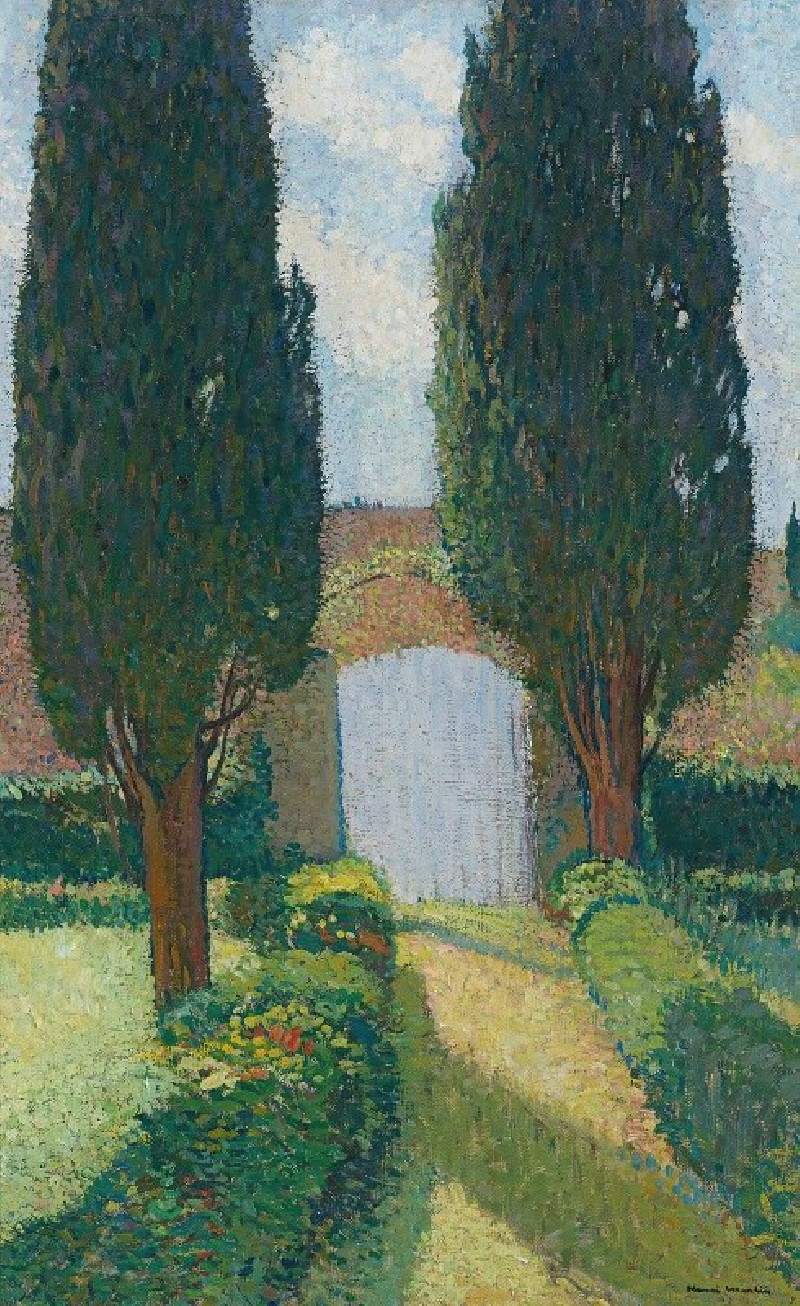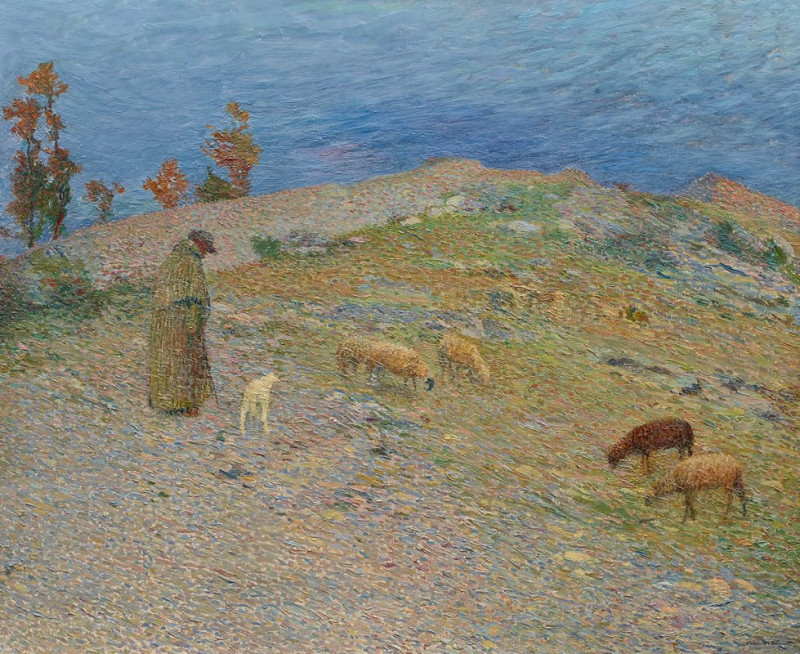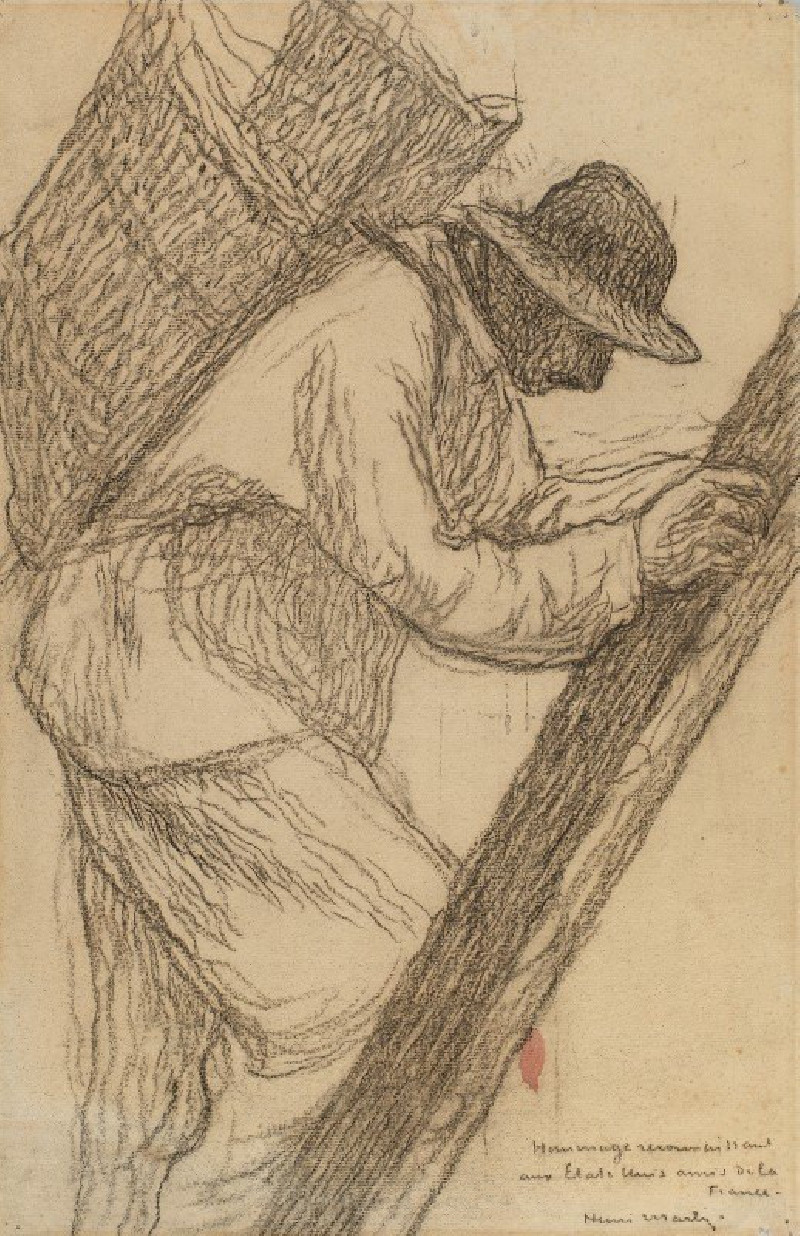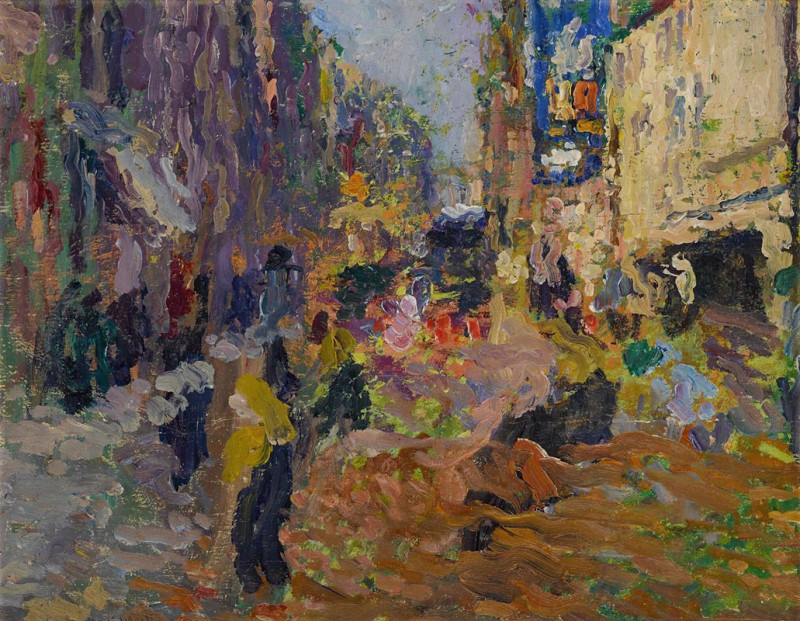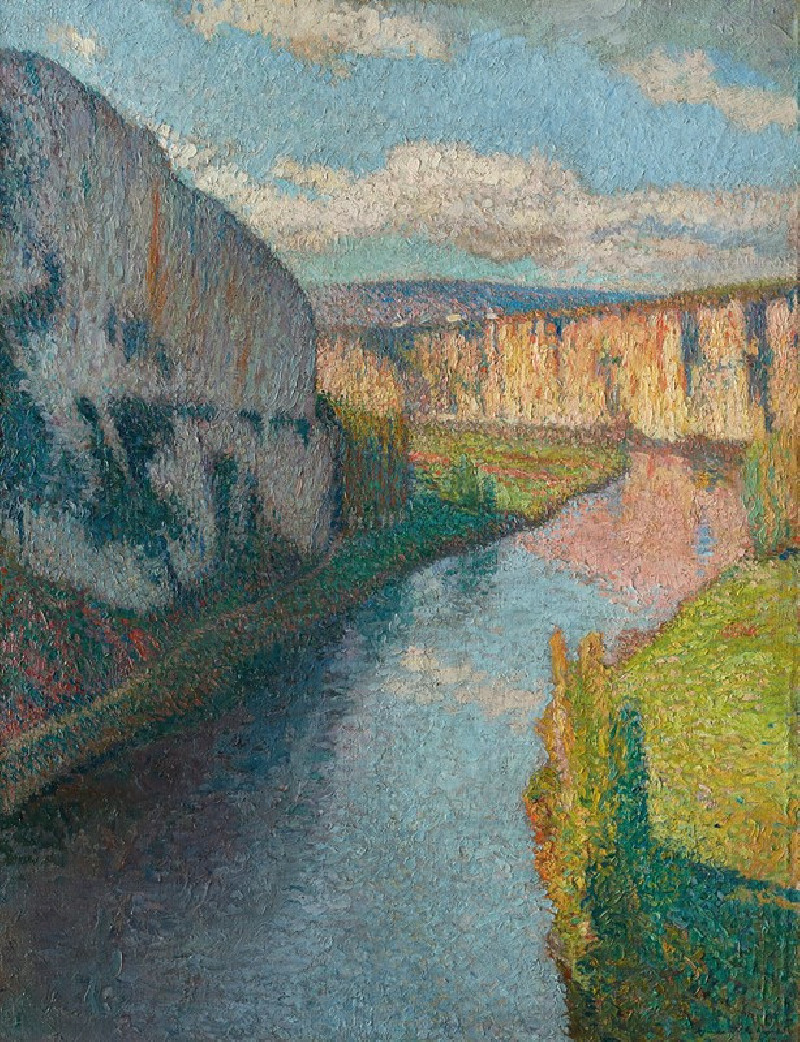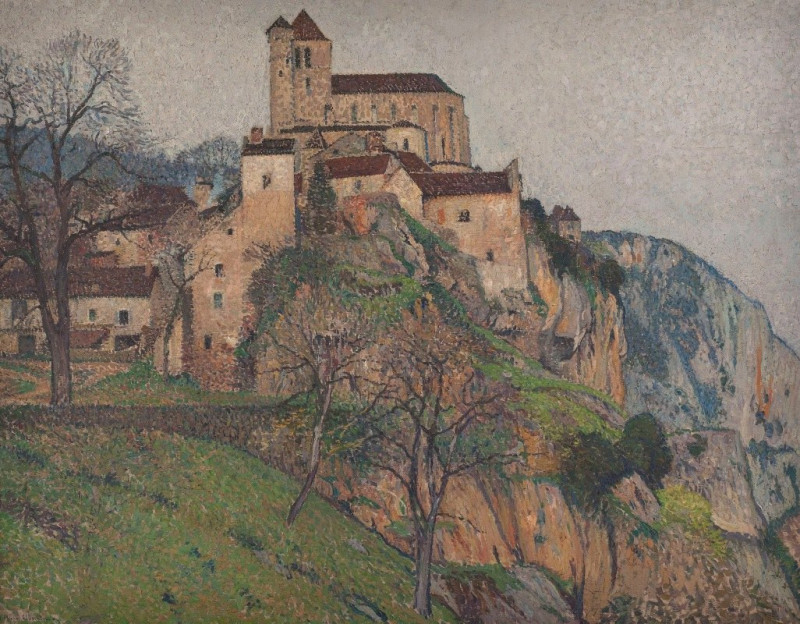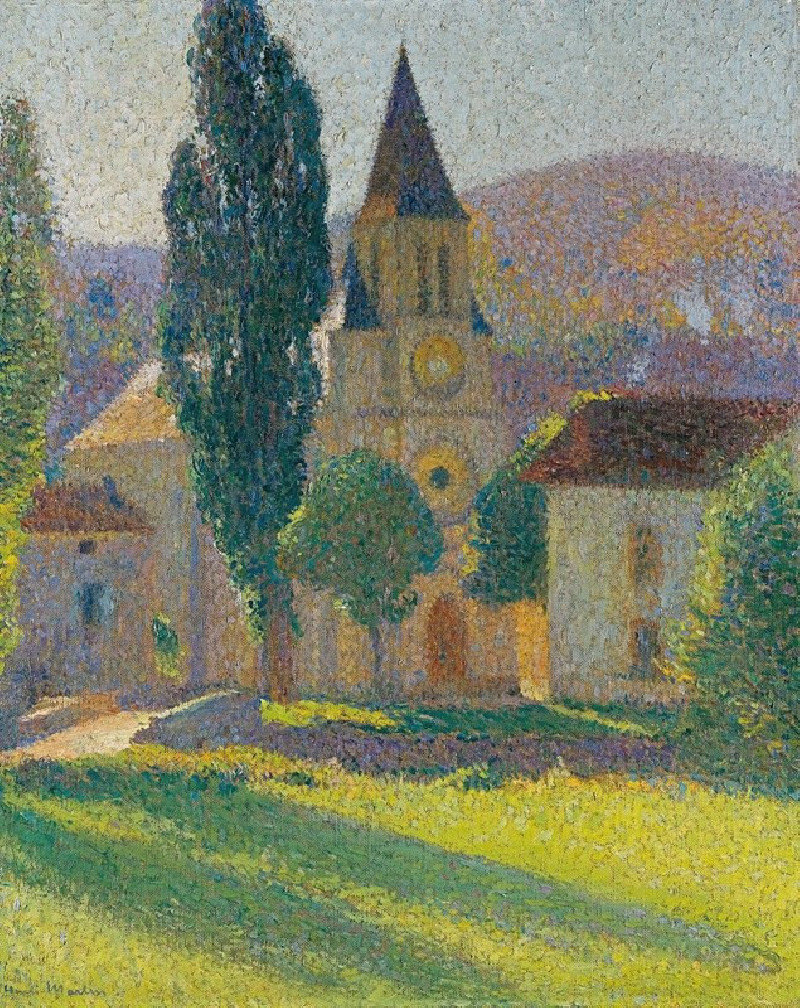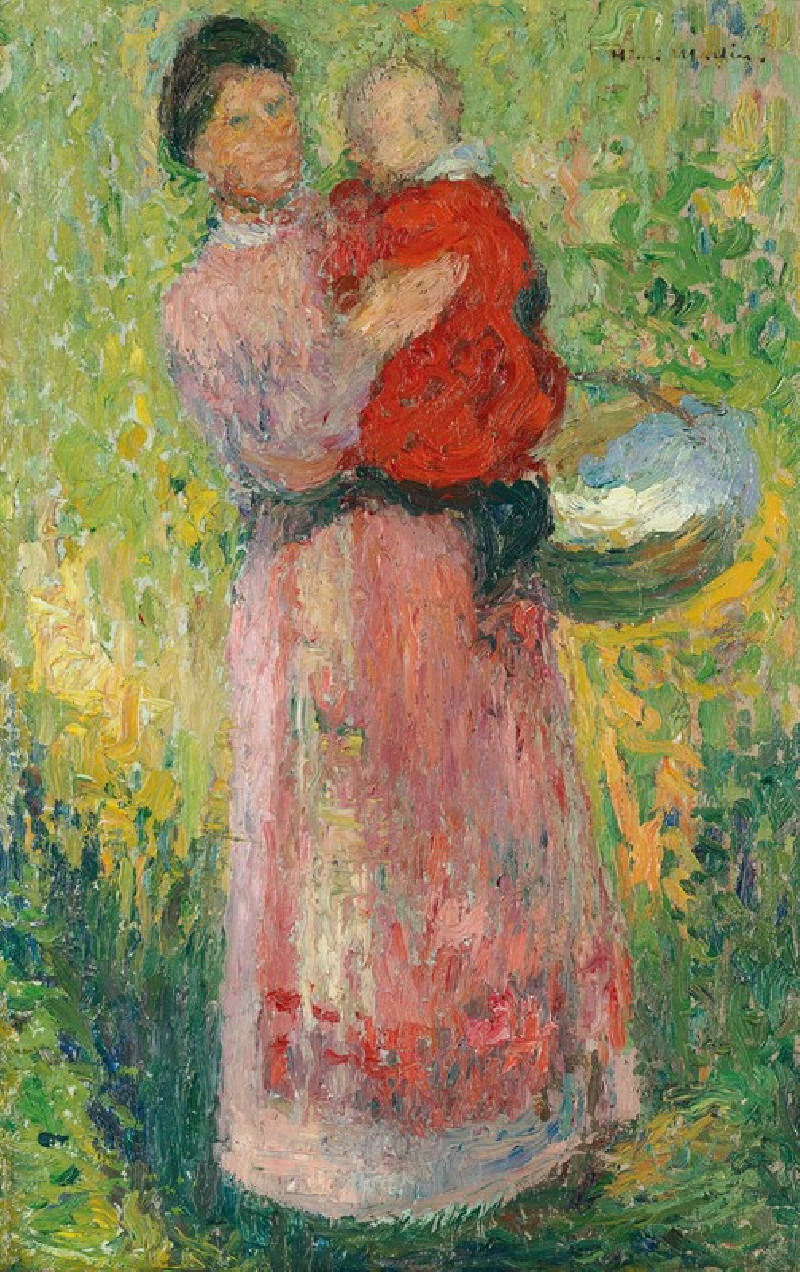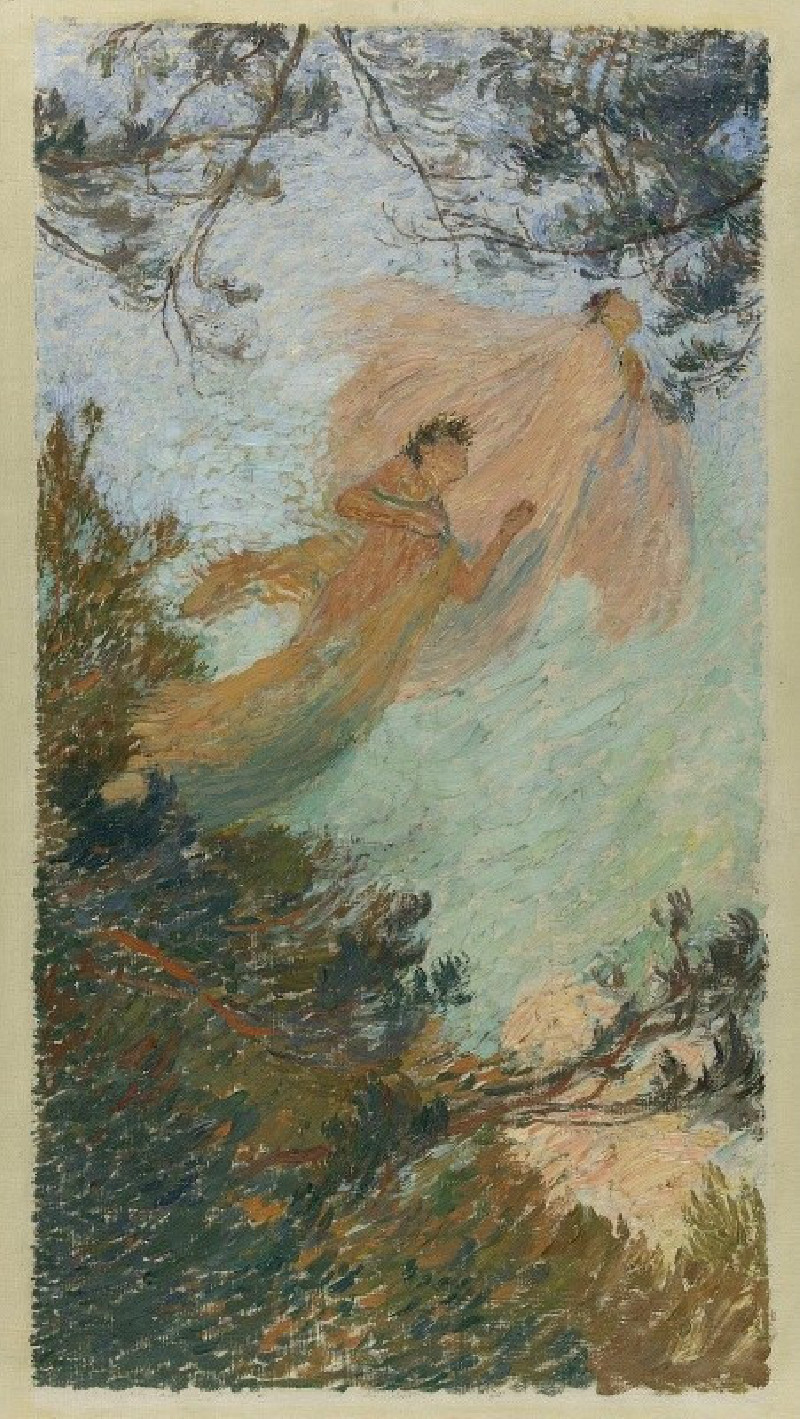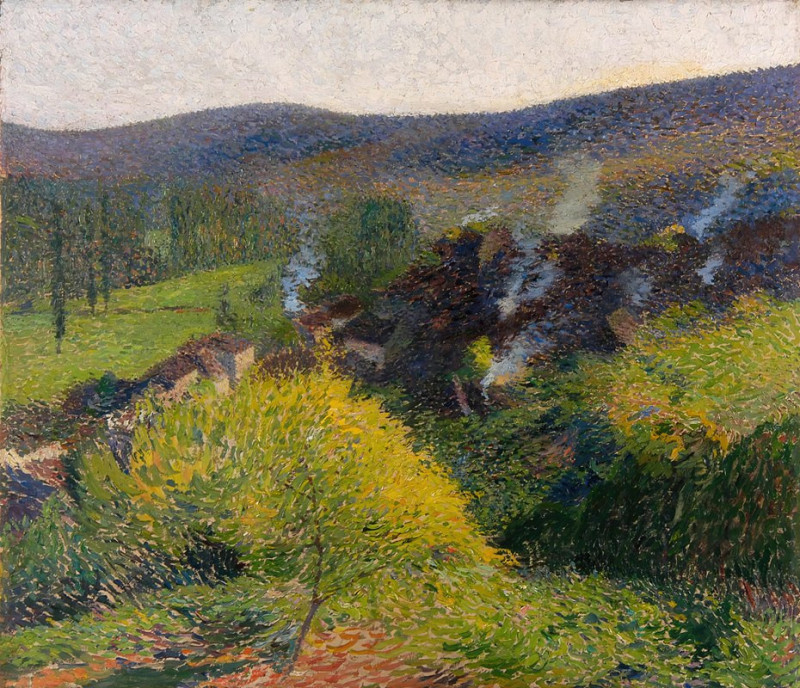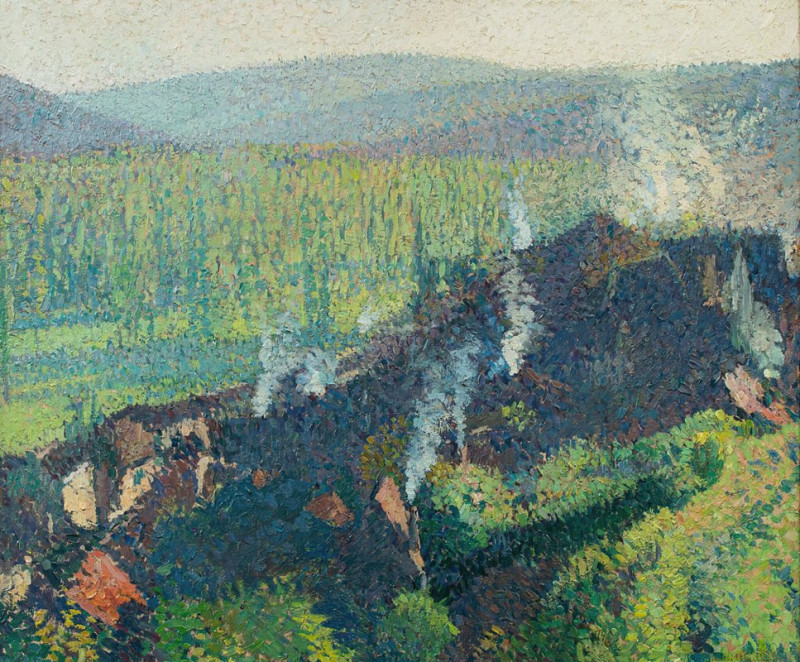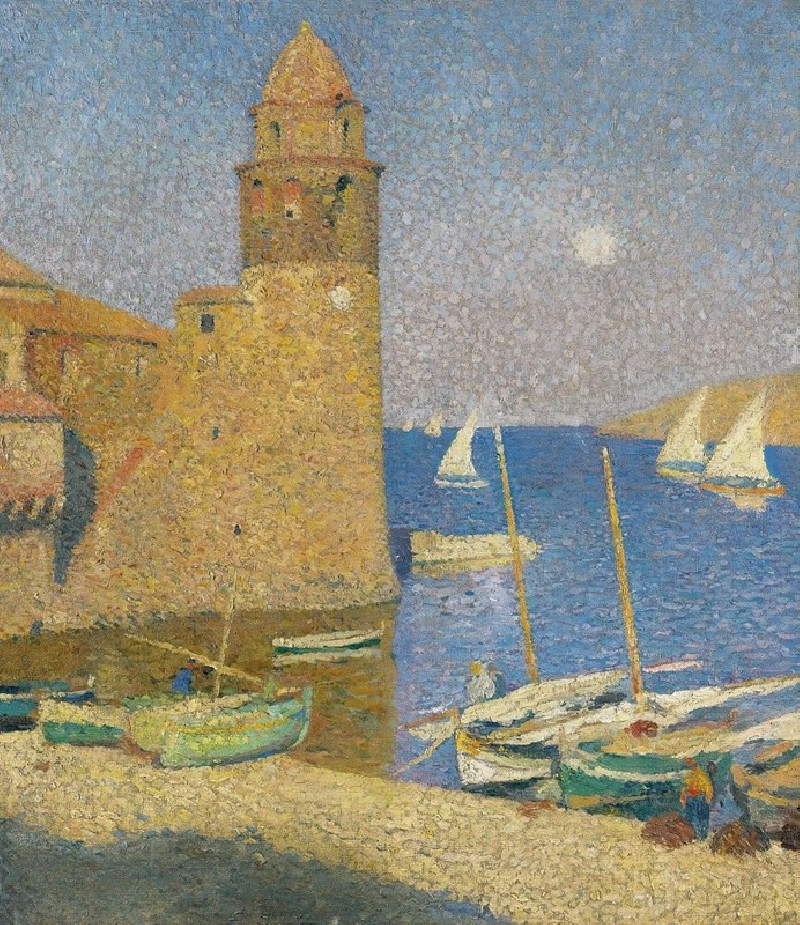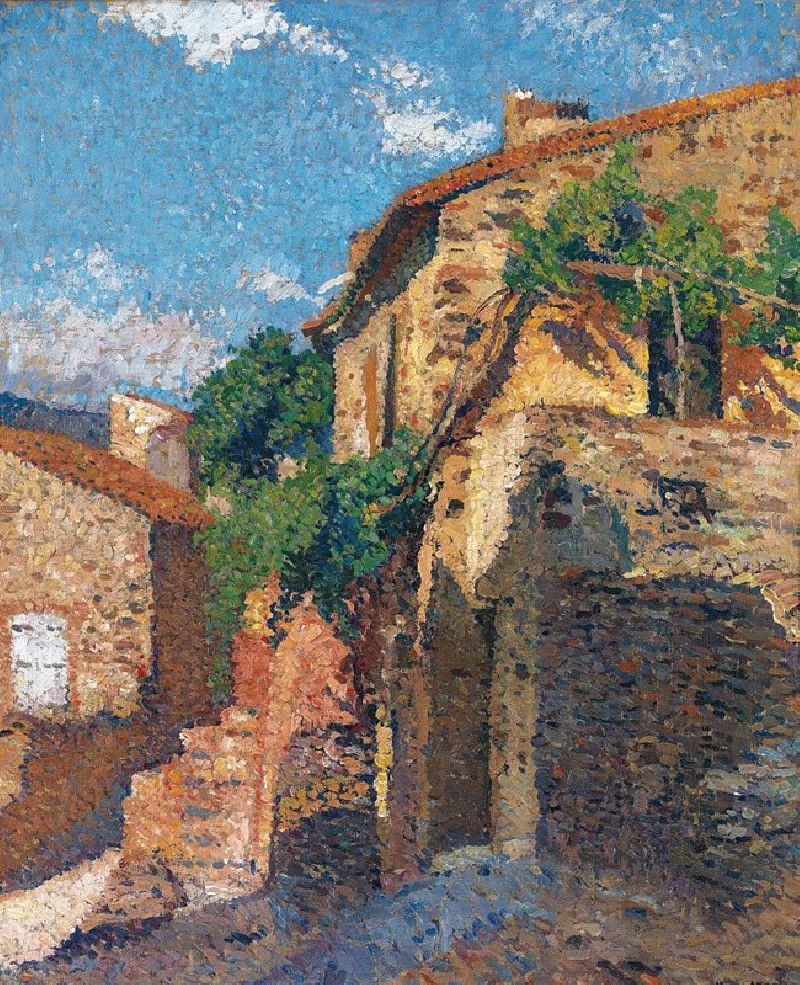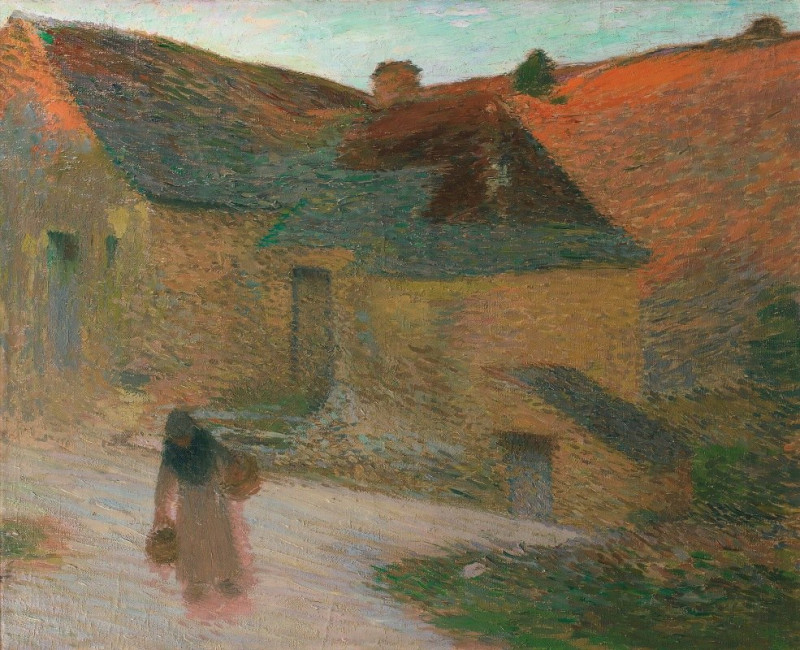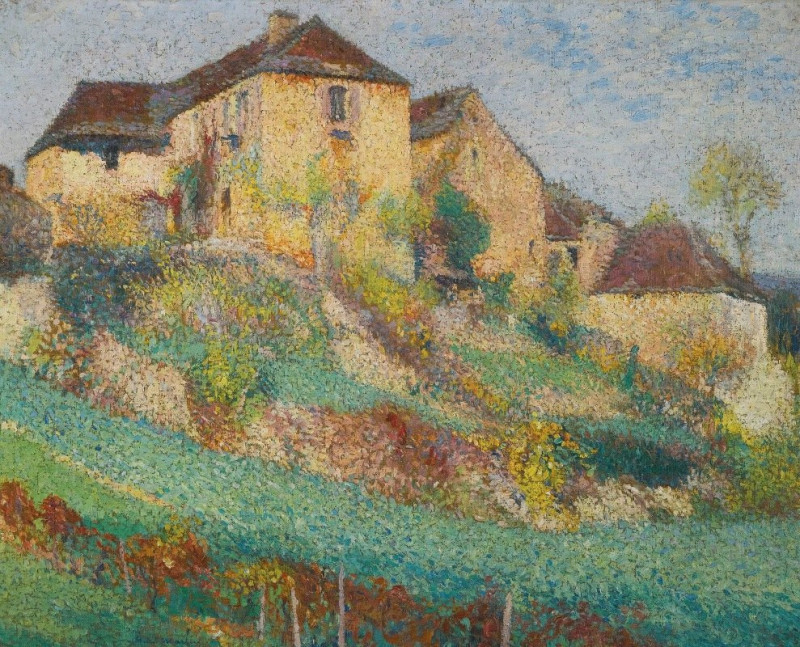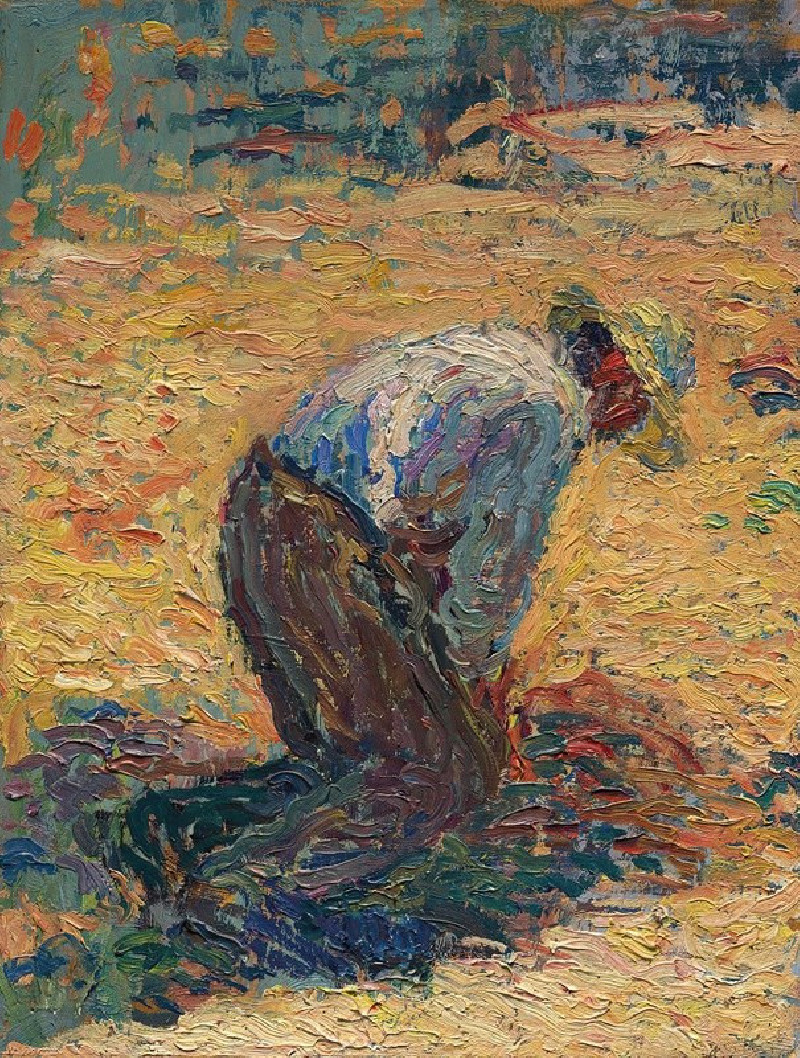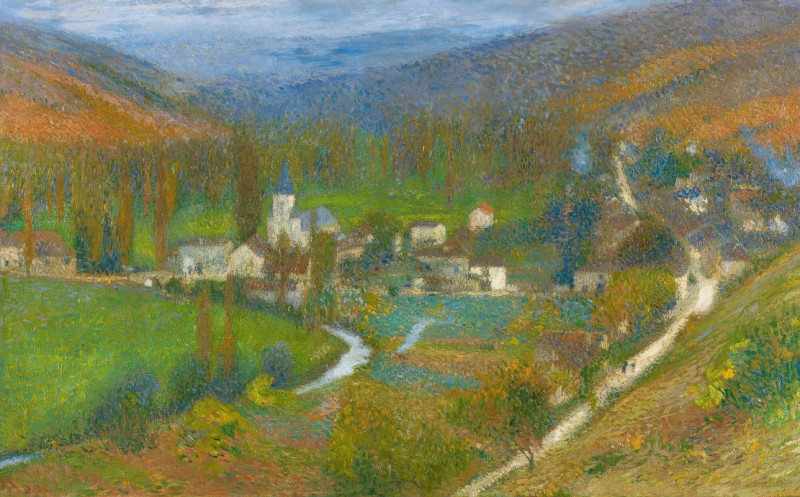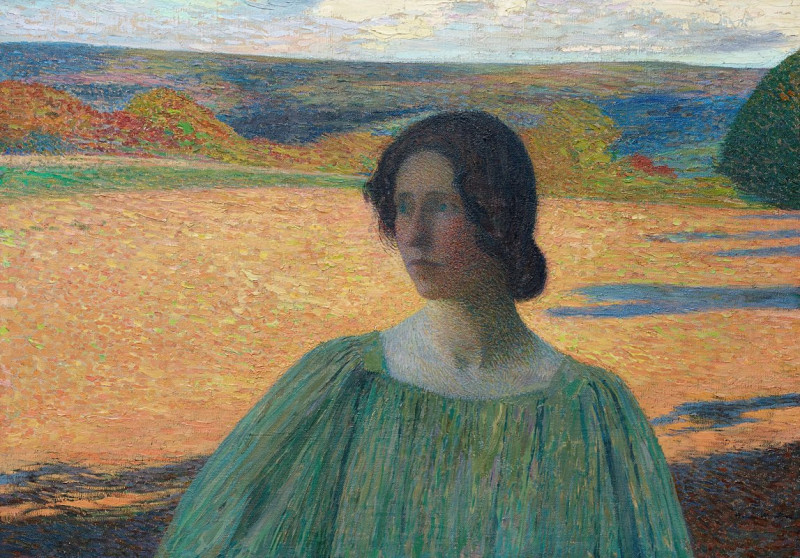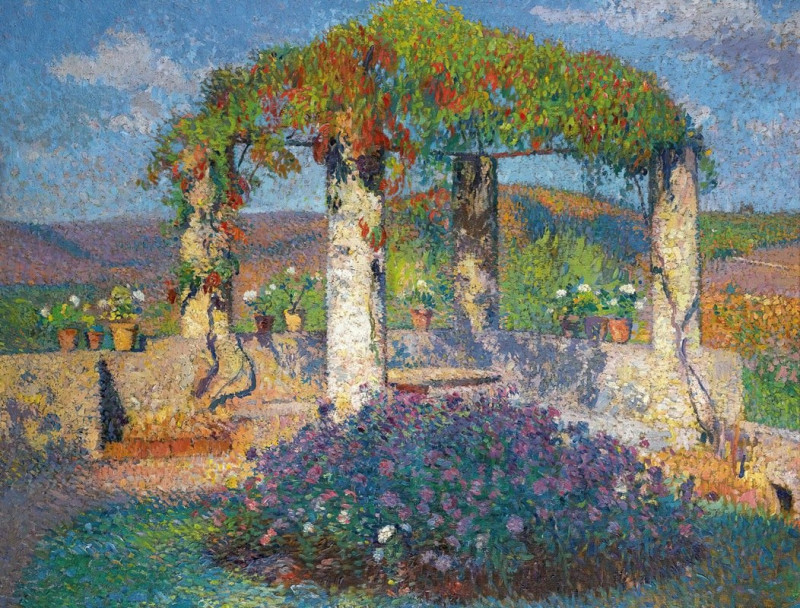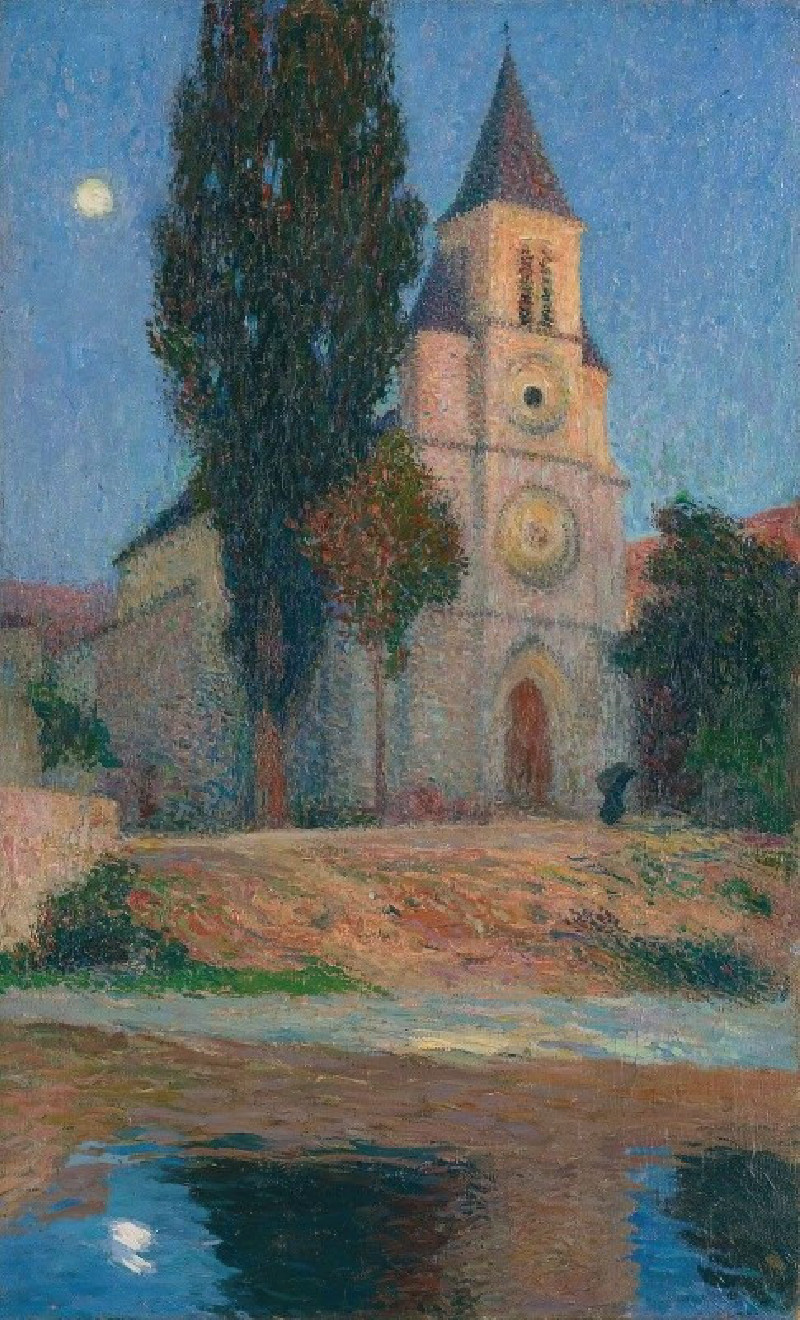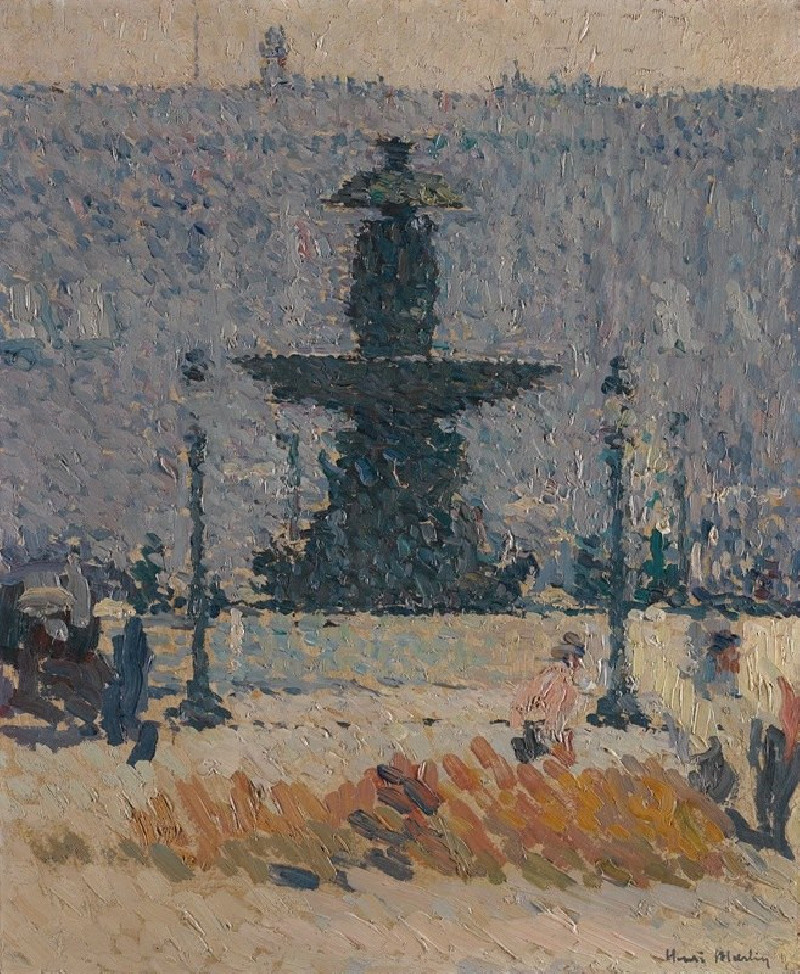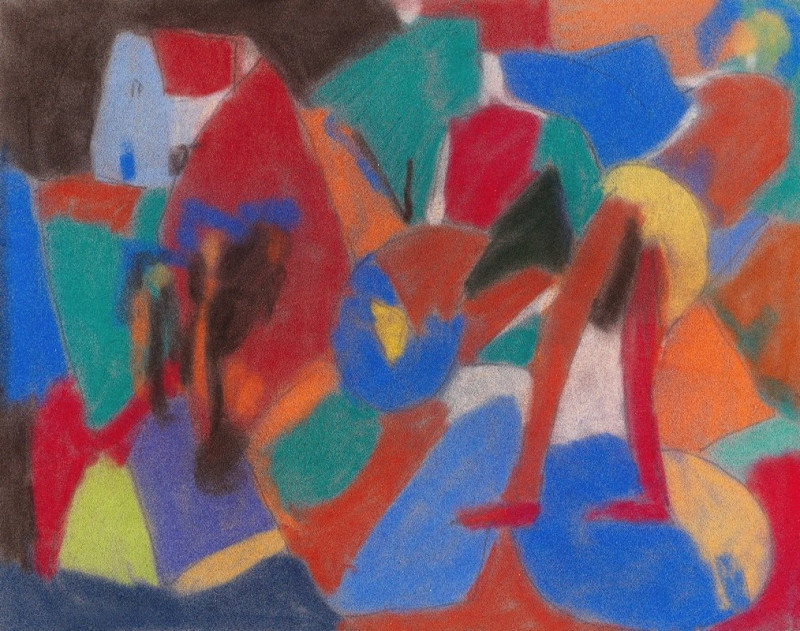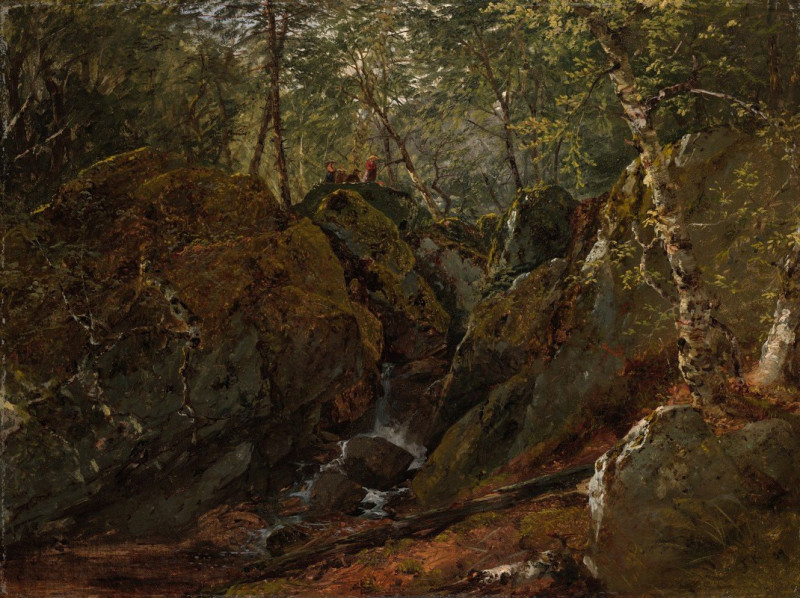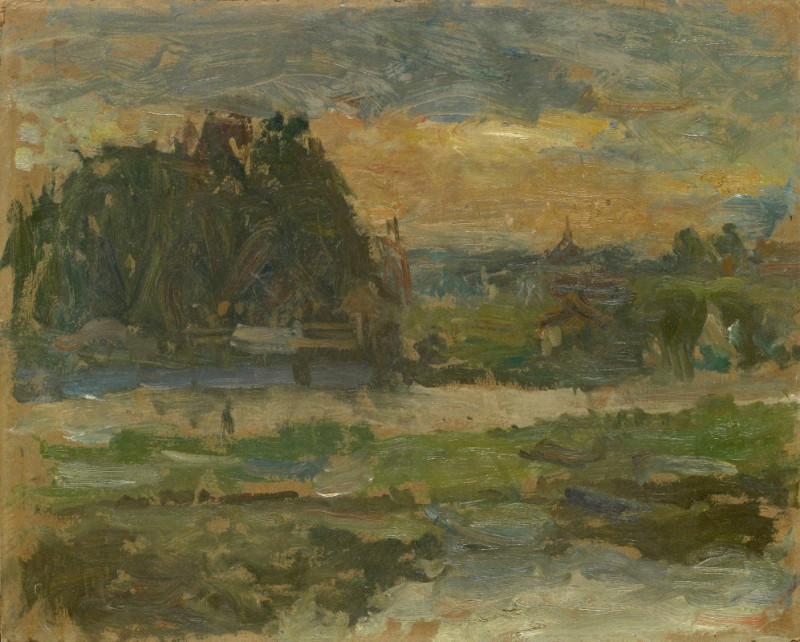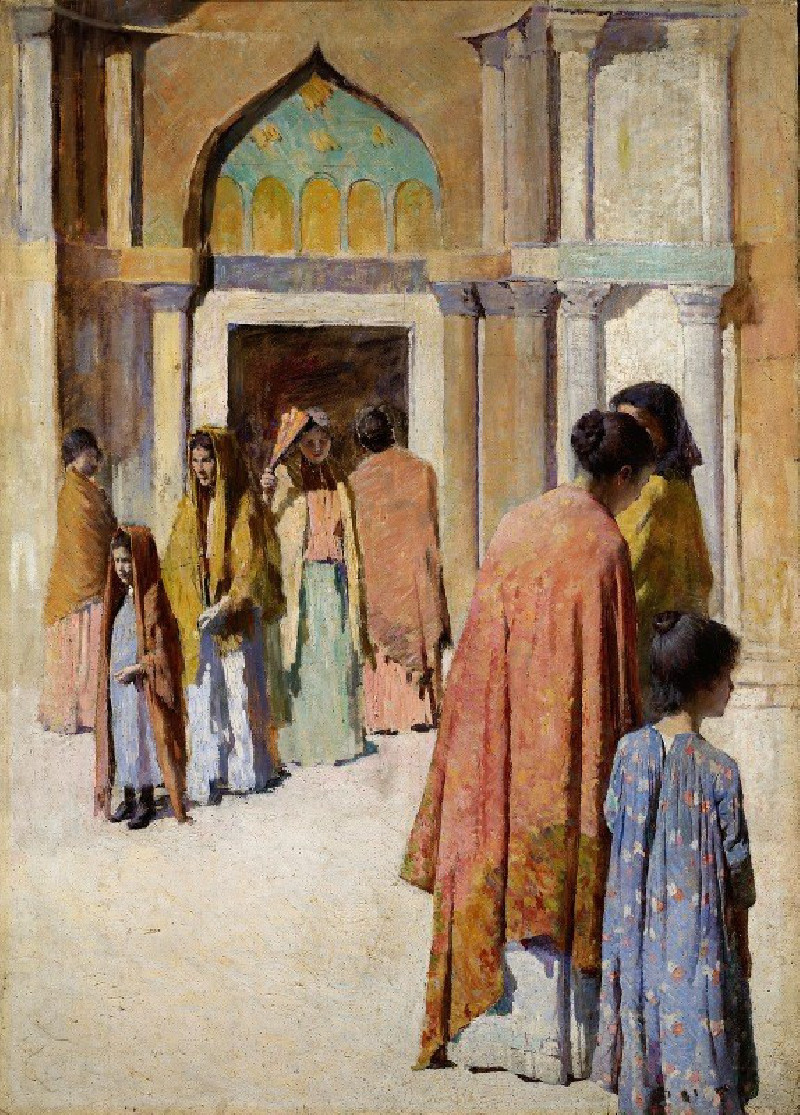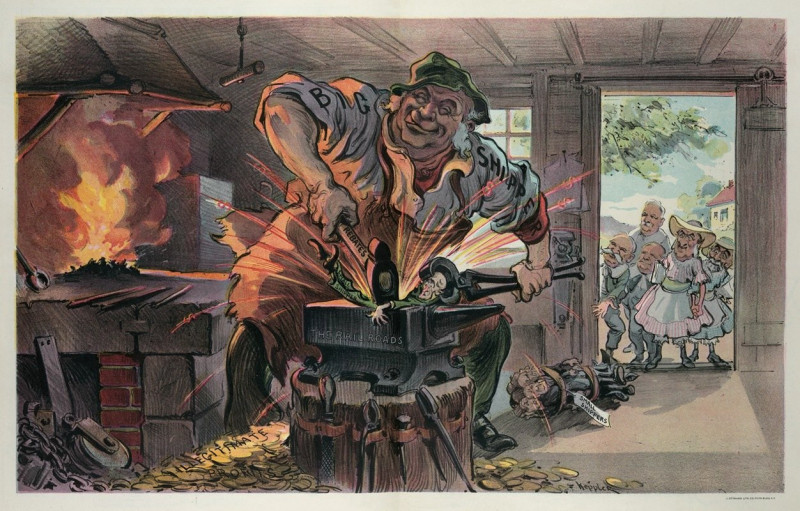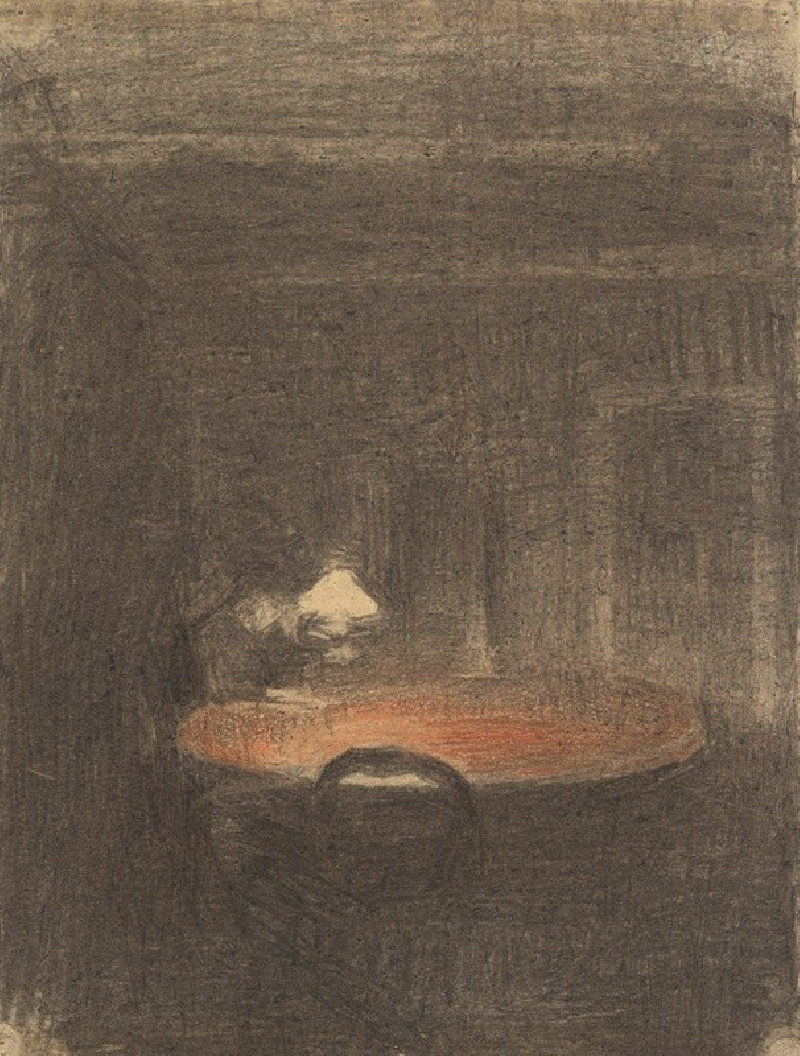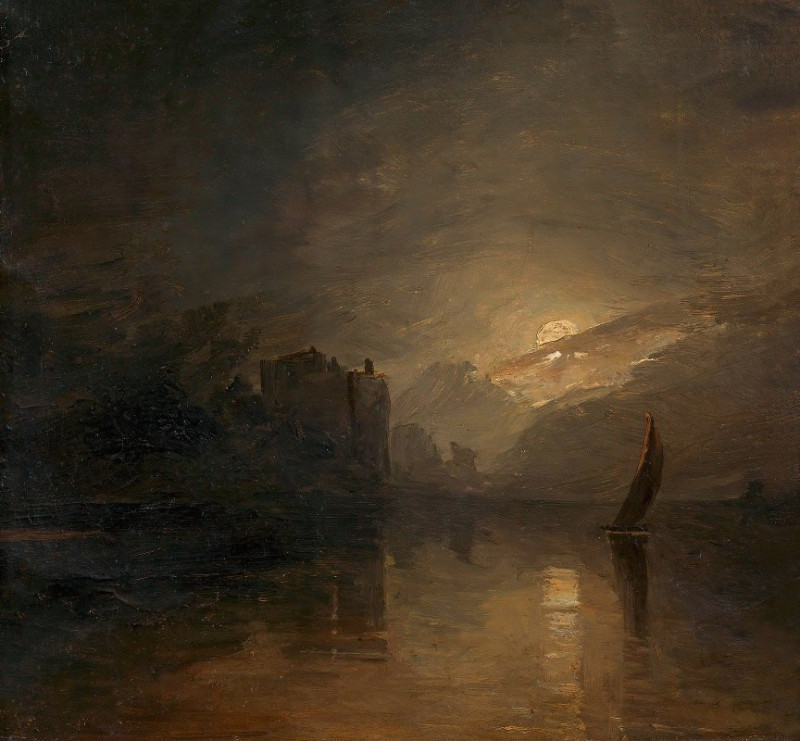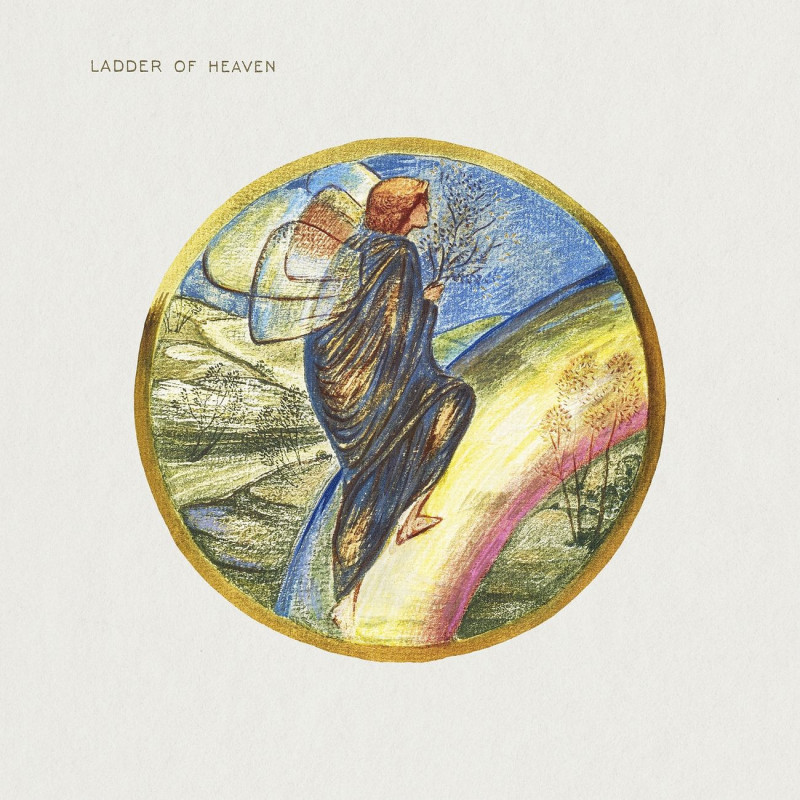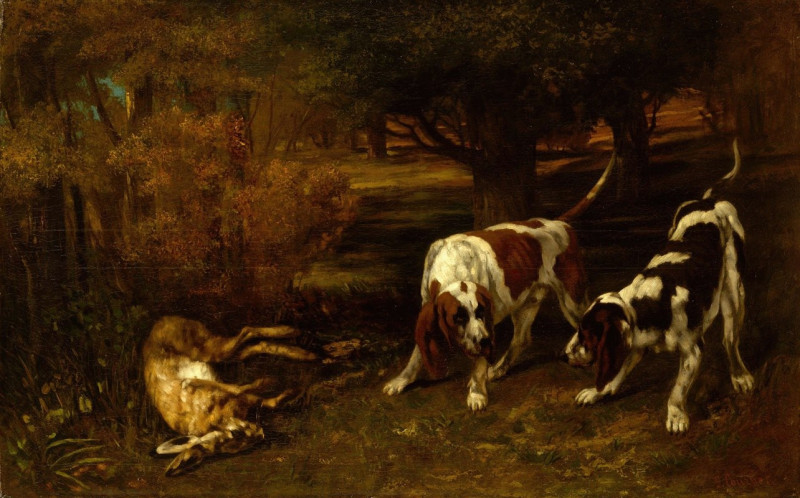Le Jardin De Marquayrol (circa 1930)
Technique: Giclée quality print
Recommended by our customers
More about this artwork
Le Jardin De Marquayrol, painted by the French post-impressionist artist Henri Martin, provides a serene gateway into a timeless, pastoral setting. Created around 1930, this work beautifully exemplifies Martin’s mature style, characterized by delicate, mosaic-like handling of colors and light.This enchanting garden scene invites viewers to step into a lush landscape at Marquayrol, a property near Labastide-du-Vert, where Martin found profound inspiration. At the heart of the composition, two majestic cypress trees stand sentinel, framing a view of a quaint garden archway that beckons in the background. The pathway, a gentle ribbon of earthy tones, guides the eye through verdant flora, peppered with flecks of vivid colors suggesting wildflowers.The artist’s use of dappled light and textured brushstrokes captures the vibrancy of the natural world, while also creating a tapestry of greens, blues, and earth shades that harmonize to evoke a sense of peace and tranquility. Martin's technique of divisionism—where color is broken into its component parts—enhances the visual impact, giving the scene a shimmering, almost otherworldly quality.Le Jardin De Marquayrol is more than a depiction of a garden; it is an invitation to experience the restorative powers of nature and art, and a testament to Henri Martin’s enduring love for the French countryside.
Delivery
Returns
Henri-Jean Guillaume "Henri" Martin (5 August 1860 – 12 November 1943) was a French painter. Elected to the Académie des Beaux-Arts in 1917, he is known for his early 1920s work on the walls of the Salle de l'Assemblée générale, where the members of the Conseil d'État meet in the Palais-Royal in Paris. Other notable institutions that have featured his Post-Impressionist paintings in their halls through public procurement include the Élysée Palace, Sorbonne, Hôtel de Ville de Paris, Palais de Justice de Paris, as well as Capitole de Toulouse, although the Musée des Beaux-Arts de Bordeaux and Musée des Augustins also have sizeable public collections.

